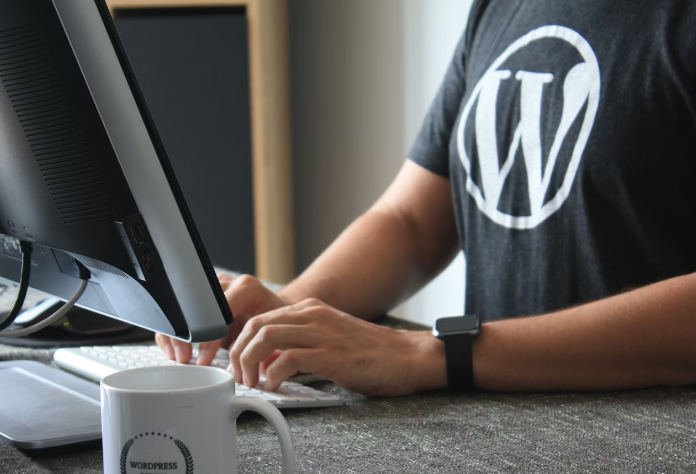Are you wondering how to make WordPress look good? You are in the right place!
WordPress is one of the most popular platforms for creating and managing websites. It provides the flexibility of customization, allowing users to make their website look professional and appealing. If you are looking to give your WordPress site an aesthetic overhaul, here’s how to make your WordPress look good.
How to Make WordPress Look Good
1) Choose a Quality Theme
Your WordPress site’s appearance heavily depends on the theme you choose. A quality theme can provide your site with a professional and appealing look.
Here are some tips to consider:
- Free or Premium: Both free and premium themes are available. Premium themes often come with additional features and premium support, but free themes can still provide a quality foundation.
- Relevance: Make sure the theme aligns with the purpose of your website. For example, if you are blogging, choose a theme that emphasizes readability.
- Responsiveness: The theme should be responsive, meaning it should adjust its layout based on the viewer’s screen size.
- Regular Updates: Choose a theme that is regularly updated to ensure compatibility with the latest WordPress version and security patches.
- Customer Support: Especially for premium themes, good customer support can be very helpful.
2) Use Quality Images and Graphics
Images and graphics play a significant role in your website’s look. Using quality images can improve the overall appearance and professionalism of your website.
- Resolution: Use high-resolution images for a crisp, clean look.
- Optimization: Although high resolution is essential, too large images can slow down your site. Use image optimization plugins like Smush or EWWW Image Optimizer.
- Consistency: Maintain consistency in image style and color scheme to create a harmonious look.
3) Customize Your Layout
With WordPress, you can easily customize the layout of your site.
- Widgets: Use widgets to add additional functionality and design elements to your pages.
- Page Builders: Page builders like Elementor and Beaver Builder allow you to design pages with a drag-and-drop interface, making it easy to create unique layouts.
- Menus: Create intuitive navigation menus to make it easy for users to find what they’re looking for.
- Footer: Customize your footer with relevant links, a brief description of your site, or any other information you think would be useful.
4) Use Quality Plugins
Plugins can enhance the functionality and appearance of your WordPress site. Here are a few types of plugins that can help your site look good:
- SEO Plugins: SEO plugins like Yoast SEO can help improve your site’s visibility in search engine results, attracting more visitors.
- Security Plugins: Security plugins like Wordfence can keep your site safe from threats, which helps maintain a good reputation.
- Contact Form Plugins: Plugins like Contact Form 7 can help you create attractive and user-friendly contact forms.
- Cache Plugins: These plugins help in speeding up your website, providing a smooth user experience.
5) Optimize Typography
Typography can dramatically impact your website’s look and readability.
- Font Choice: Choose fonts that align with your brand identity and are easy to read.
- Font Size: Make sure your text is large enough to be read comfortably, but not so large that it appears overwhelming.
- Line Spacing: Adequate line spacing makes your content more readable.
- Paragraph Length: Shorter paragraphs are easier to read, particularly on mobile devices.
6) Incorporate Multimedia
Adding videos, infographics, and audio can make your site more engaging and aesthetically appealing.
- Videos: Videos can be a great way to demonstrate a product, explain a concept, or tell a story.
- Infographics: Infographics can simplify complex information in a visually pleasing way.
- Audio: Audio content, like podcasts or music, can add another layer of engagement to your site.
7) Test and Revise
Finally, keep testing and revising your website design. Ask for feedback from users, monitor your website analytics, and make adjustments as necessary. Always keep an eye out for new trends and techniques to keep your website looking fresh and modern.
Conclusion
By following these tips, you can significantly improve the aesthetics of your WordPress site, resulting in a website that not only looks good but also provides a smooth user experience. Remember that your website is often the first impression potential customers have of your business, so it’s crucial to make it count!
See Also
